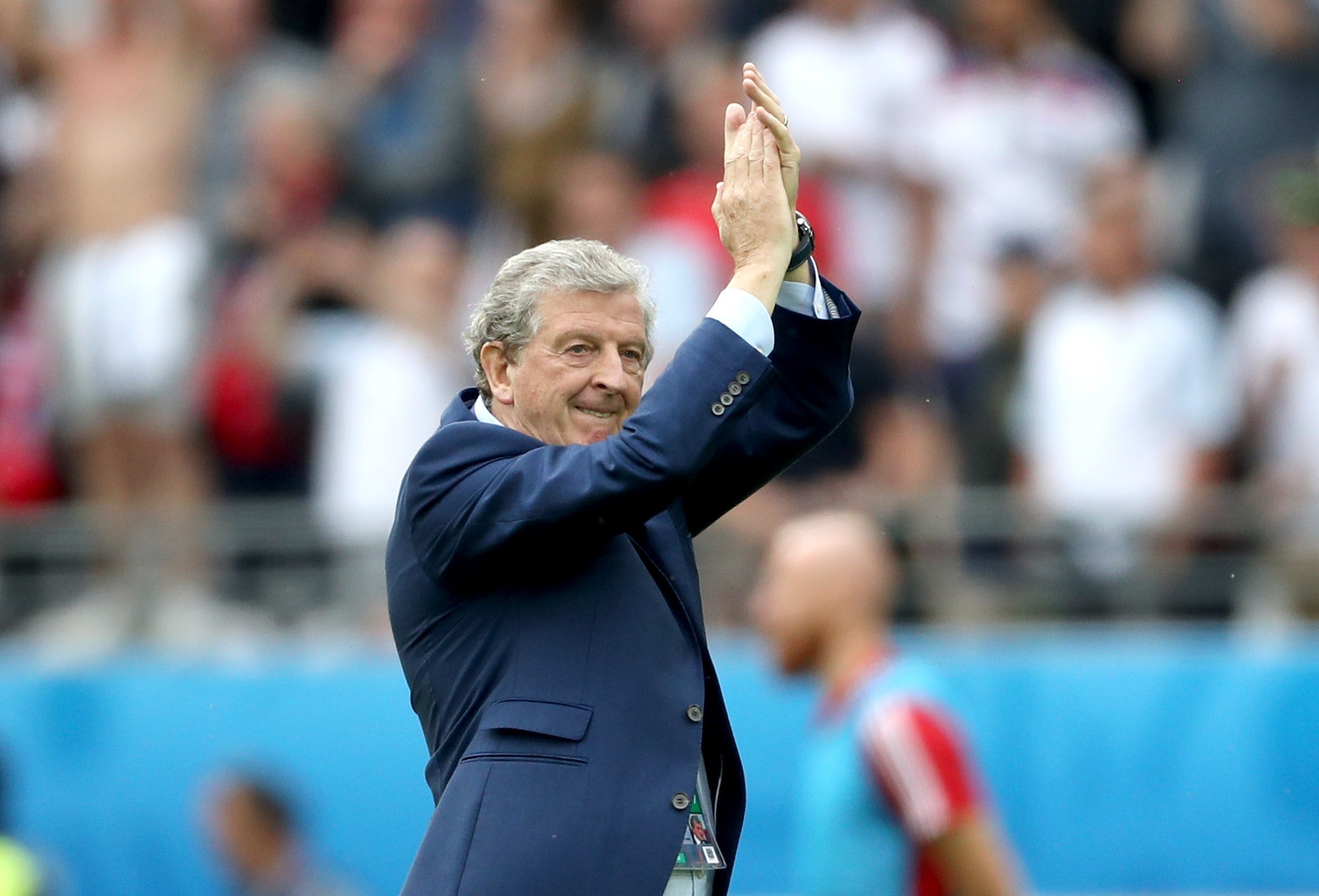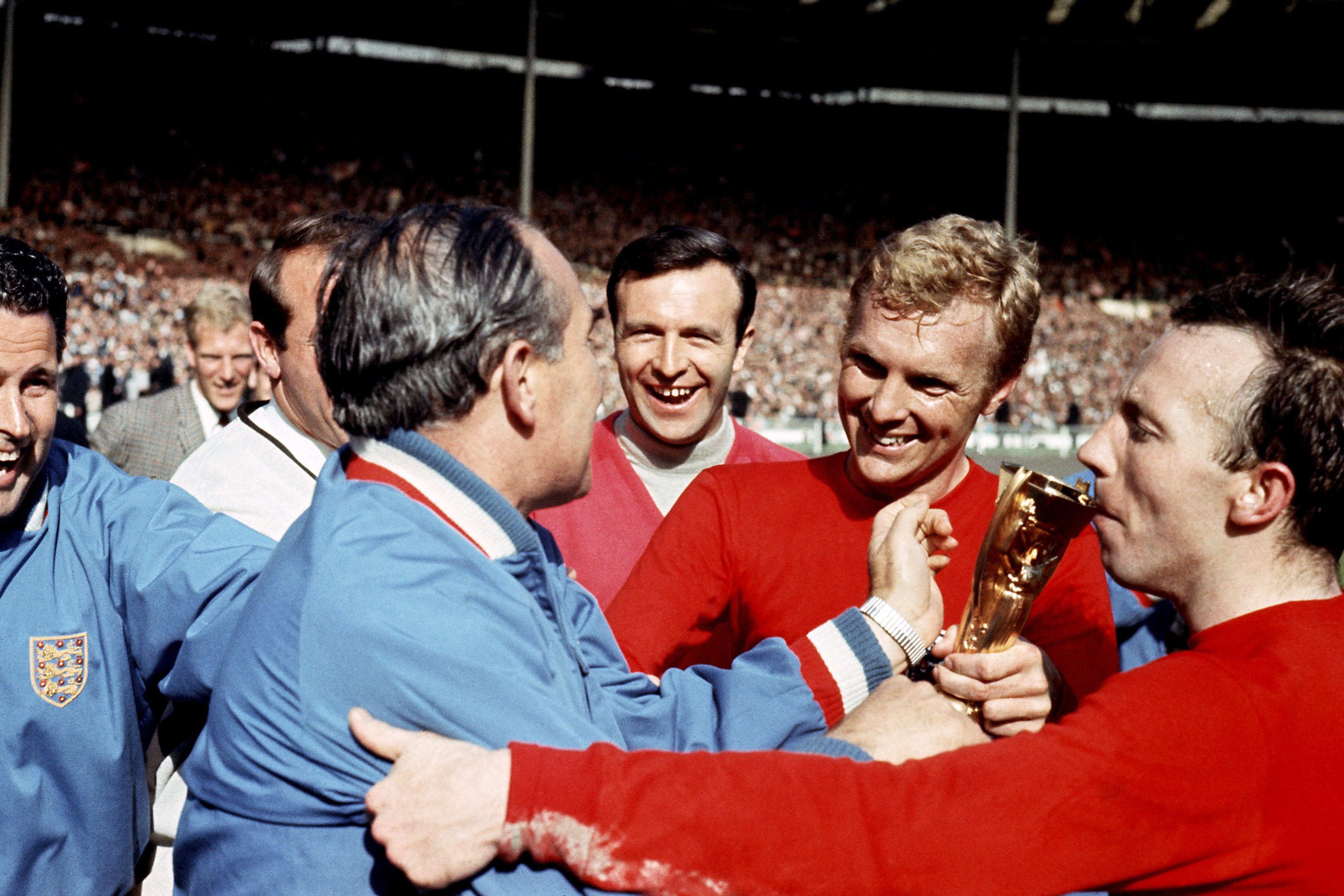
IT should come as no surprise that Roy Hodgson might have stumbled on his most-effective team in a moment of desperation.
After all, it’s been like that for England managers at tournaments for the last 50 years.
A goal down to Wales in Lens, Hodgson took the decision to make a double half-time substitution.
He took off Harry Kane and Raheem Sterling. On came Jamie Vardy and Daniel Sturridge and both scored. Those were the sort of substitutions managers dream about and rightly Hodgson was praised for making them sooner rather than later.
He’s been disputing his reputation as a cautious coach since he arrived in France. While the changes were not rocket science given the poor contributions of Kane and Sterling, his normal inclination would have been to hook them on 60 minutes not 45.
However, the fact he needed to make the changes at all suggests he got his selection wrong in the first place. If that’s the case, he’s in good company.
When Alf Ramsey sent out his first XI to face Uruguay at the 1966 World Cup, it contained Jimmy Greaves and Manchester United winger John Connelly.
Geoff Hurst and Martin Peters, the two men who were to share the goals in the final 20 days later, sat on the bench throughout a dismal 0-0 draw.
Ramsey brought in Terry Paine for Connelly in the next game against Mexico and, though there was an improvement, he switched wingers again for the third game against France, replacing Paine with Ian Callaghan.
His “Wingless Wonders” plan didn’t materialise until he’d tried and discarded all three of his wingers.
In the quarter-final against Argentina, he fielded Peters and Alan Ball in the same line-up for the first time.
He was also forced to change his main striker after Greaves sustained a shin gash. In came Geoff Hurst. So England were halfway through the tournament when Ramsey hit on his best team.
Twenty years later, Bobby Robson went to Mexico with Mark Hateley as his target man, Chris Waddle supplying him from the wing and a central midfield of Bryan Robson and Ray Wilkins.
England made a shocking start, beaten 1-0 by Portugal in the opening game.
Robson stuck with his men in an even more disastrous second match – a goalless draw against Morocco.
During that game, Robson damaged his shoulder and Wilkins was sent off, leaving them unavailable for the must-win third match against Poland.
The manager replaced them with Peter Reid and Steve Hodge and dropped Hateley and Waddle in favour of Peter Beardsley and Trevor Steven.
England won 3-0 then beat Paraguay by the same scoreline.
Had it not been for the Hand of God, they may have progressed further into the competition than the quarter-final.
Four years on at Italia 90, an opening game 1-1 draw against the Republic of Ireland led to pressure from the players for Robson to switch to three at the back with wing-backs.
Mark Wright was drafted in alongside Terry Butcher and Des Walker and, after a goalless draw against Holland, they eased past Egypt and into the last 16.
But Robson was still to have another choice forced on him when substitute David Platt’s first international goal won a tight game against Belgium.
It meant that Robson had to find a place for the Aston Villa man in the quarter-final against Cameroon. Platt scored again to help England to the semis – and their usual defeat on penalties to the Germans.
Eight years later Glenn Hoddle’s team lost the second group match of the 1998 World Cup to Romania.
His response was to drop David Batty and Paul Ince and bring in two youngsters, David Beckham and Michael Owen, against Colombia. Beckham scored his first England goal in the 2-0 win, while Owen scored his first against Argentina in the next game.
What happened against Wales has put Hodgson in a similar position to that which Ramsey, Robson and Hoddle found themselves in and exploited with varying degrees of success.
His first decision will be whether to start with Vardy and Sturridge against Slovakia tomorrow. If he’s studied his history, he can’t really do anything else.
READ MORE
Euro 2016 Daily Digest: England and Wales prepare for action
Footballer Stiliyan Petrov owes his life to his wife

Enjoy the convenience of having The Sunday Post delivered as a digital ePaper straight to your smartphone, tablet or computer.
Subscribe for only £5.49 a month and enjoy all the benefits of the printed paper as a digital replica.
Subscribe